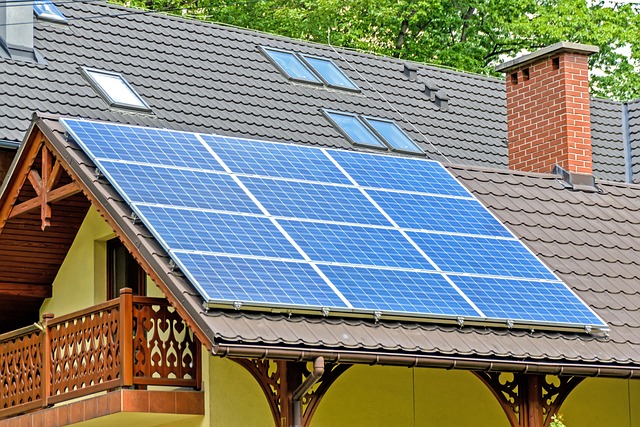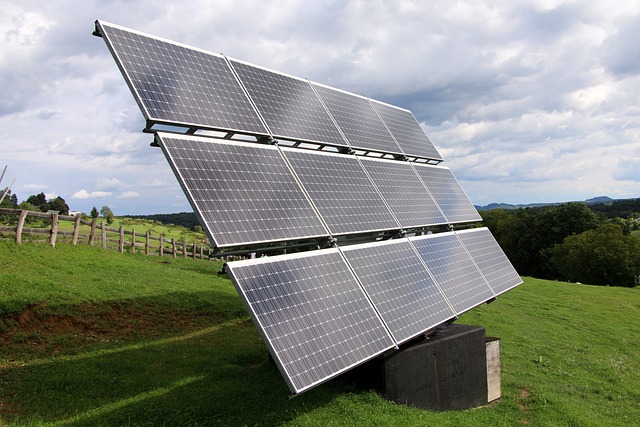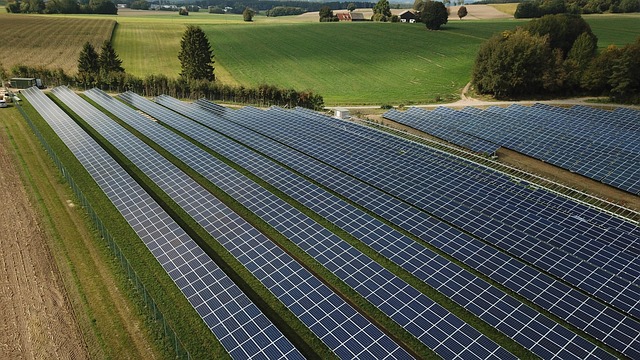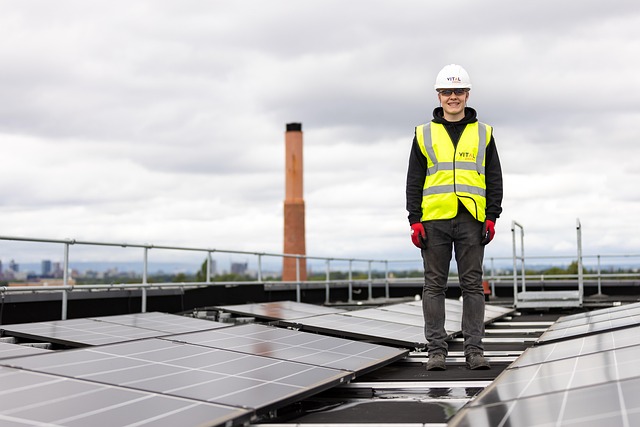In real estate, regular roof inspections are vital. Look for signs of damage like missing shingles, cracks, and water stains to prevent leaks. Assess sunlight exposure for optimal energy efficiency. Be aware of weather-related wear and maintain the roof to preserve property value in a competitive market.
When evaluating a property’s real estate value, assessing the roof condition and sun exposure is crucial. This comprehensive guide walks you through essential steps to inspect roofs for damage and wear and tear. Learn how sunlight exposure patterns affect roofing materials and understand weather’s role in maintaining or deteriorating your roof. By considering these factors, you gain valuable insights into a property’s longevity and overall market appeal.
Inspect Roof for Damage, Wear and Tear
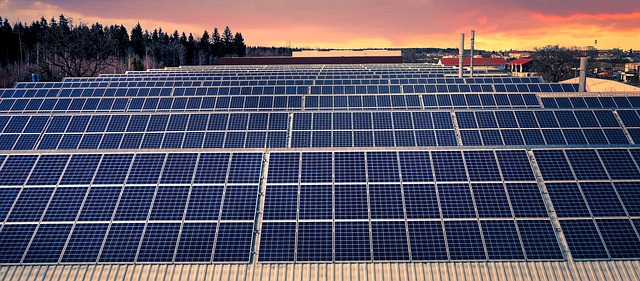
When evaluating a roof’s condition in real estate, one of the primary tasks is to thoroughly inspect it for any signs of damage, wear, and tear. Start by assessing the overall structure—look for missing or loose shingles, which can be an indicator of potential leaks. Cracks, holes, or sagging in the roofing material are also red flags. Check for water stains on the interior ceiling, as these could suggest previous water intrusion.
Pay close attention to areas around chimneys, vents, and flashing, as these spots often require special consideration during installation and maintenance. In addition, evaluate the condition of the roof’s underlayment—if it’s old or damaged, it may need replacement to prevent long-term issues. Regularly inspecting the roof for these issues can help ensure its longevity and protect the investment in any real estate property.
Assess Sunlight Exposure Patterns
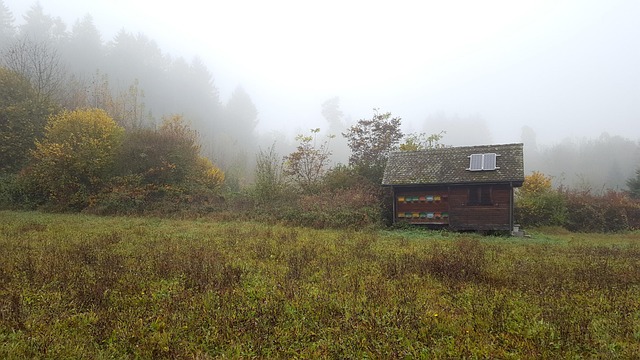
When evaluating the condition of a roof in real estate, understanding sunlight exposure patterns is crucial. Observe the direction the roof faces and assess how much direct sunlight it receives throughout the day. South-facing roofs, for instance, typically get the most sun exposure during the morning and afternoon, making them more suitable for solar panel installations. East or west-facing roofs may experience less intense sunlight but can still provide adequate natural light to indoor spaces.
Regularly check for signs of fading or discoloration on the roof surface, which could indicate excessive wear due to prolonged sun exposure. Shading from nearby trees or structures might protect the roof from direct sunlight, but it’s essential to ensure this doesn’t lead to moisture buildup, as it can result in structural damage over time.
Understand Weather's Impact on Roof Materials
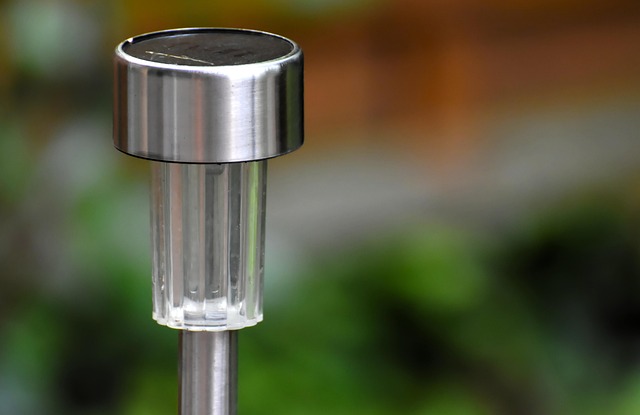
The roof is one of the most vital components of a real estate property, serving as both a protective barrier and a significant structural element. Weather conditions play a pivotal role in dictating the longevity and overall condition of roof materials. Extreme temperatures, whether scorching heat or freezing cold, can cause materials to expand and contract, leading to potential damage over time. Additionally, constant exposure to sunlight can weaken shingles, metal panels, or tiles, accelerating their deterioration.
Understanding these weather-related factors is crucial for homeowners and real estate investors alike. Regular inspections should account for signs of wear and tear caused by sun exposure, such as faded colors, cracked or missing shingles, or corroded metallic components. Proactive maintenance, including timely repairs and replacements, can help mitigate the effects of weather and ensure the roof remains in top condition, safeguarding the investment in a property’s real estate value.
